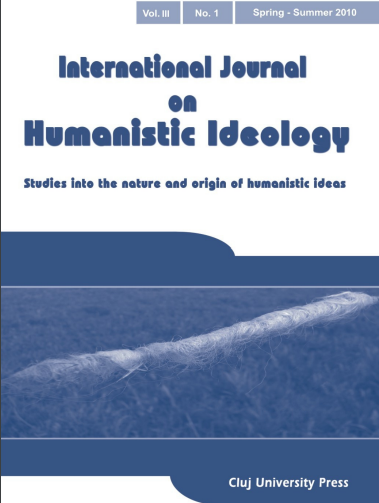Wearing the Badge of the Alliance vs. Having to Wear a Badge to Be Told Apart: Joseph Cazès in Teheran in 1898. Cognitive Analysis and Cultural Aspec
Wearing the Badge of the Alliance vs. Having to Wear a Badge to Be Told Apart: Joseph Cazès in Teheran in 1898. Cognitive Analysis and Cultural Aspec
Author(s): Ephraim NissanSubject(s): Psychology
Published by: Presa Universitara Clujeana
Keywords: cognitive states; history; humanitarian aid; faith schools; secularised education; discrimination; intercommunal relations; formalism
Summary/Abstract: Episodic formulae are a notation from artificial intelligence, introduced by this author and applied thus far to various social narratives. In this article, we offer a taste of the analysis in formulae of a humanitarian case from 1898, with wider implications in social history: Cazès, the representative of a Parisian philanthropic educational institution was in Teheran just as a new clerical decree was forcing all members of a minority faith community to wear a badge so that they could be told apart and mistreated. Striving for the lesser evil, Cazès managed to have this commuted into that community wearing (hopefully in pride) the badge of his own organisation. Whereas this presentation will keep formulae to a minimum, we rather discuss the cultural context of the narrative, as well as the methodological context of the formal notation.
Journal: International Journal on Humanistic Ideology
- Issue Year: III/2010
- Issue No: 01
- Page Range: 59-108
- Page Count: 50
- Language: English

